Background: I did an "A" level in electronics 25 years ago; now been a professional programmer for nearly 20 years. I want to build some very basic circuits to interact with an Arduino but I've forgotten a lot, apparently :)
Question: I am playing around with the below circuit, and it is confusing me. The values below are taken from a website, and they work fine and as expected. However, they clip the bottom half of the waveform.
Reading that the gain is only set by RL and RE, naively, I though that biasing the transistor to half the supply would move the waveform up so that it would be amplified the same in both directions, so I altered R1 to 11k.
However, this seems to completely stop the circuit amplifying at all; in fact the gain is now ~-0.5. Now, I'm willing to accept that my change didn't do what I wanted, but if the load is only set by RL and RE, why did this have such a dramatic effect?
NOTE: I have read all the many Common Emitter questions on the site and I'm afraid the answers are a bit over my head, so if you could aim your responses at my beginner 17yo self, that'd be good :)
NOTE TWO: RE should be 470R, not 5R. Screenshot is wrong.
(Also I cannot get it to run in Circuit Lab for some reason, so here it is in PartSim - http://www.partsim.com/simulator#76064)
